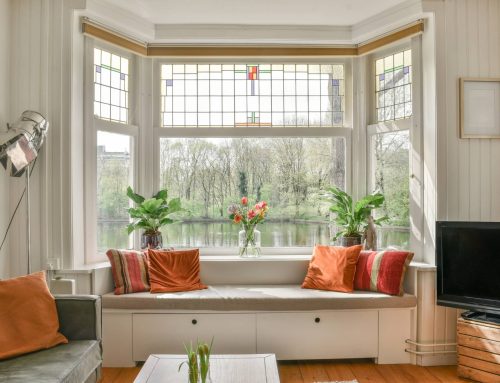Window types have different features, including functionality, aesthetics, energy efficiency, maintenance, and cost. Understanding these factors can help you choose the most suitable windows for your home, ultimately enhancing comfort, satisfaction, and property value. Knowing the differences between window types can allow you to make informed decisions that align with your specific needs, preferences, and budget for a new installation or window replacement project.
Slider and hung windows are two common types of windows found in homes, offering various sizes and styles. While slider and hung windows feature similar operational mechanisms and energy efficiency potential, they have a few differences.
Here are the pros and cons of slider and hung window types:
Slider Windows
Slider windows have sashes that slide horizontally along a track to open and close. They come in various configurations, including Double Tilt, Single Tilt, Double Lift Out, and Single Lift Out Slider Windows.
Pros
Slider windows do not require extra space for sashes to swing open. This makes them suitable for rooms with limited space or obstructed views. Most slider windows have fewer moving parts, making maintenance easier than other window styles. Single Tilt Slider Windows and Double Tilt Slider Windows are designed for easy cleaning, as the sashes can tilt inwards for access to both sides of the glass. Slider windows may also offer customizable ventilation options. Double Lift Out Slider Windows and Double Tilt Slider Windows, in particular, provide better airflow by allowing both sashes to be opened. Compared to other window styles, slider windows are often more budget-friendly, making them a cost-effective option for homeowners.
Cons
While slider windows offer ventilation options, most can only open one sash at a time, limiting airflow compared to window styles with multiple operable sashes. Especially for upper-floor windows, cleaning the exterior of slider windows may be challenging as it often requires access from the outside. Slider windows may be prone to air infiltration if not properly sealed during installation or over time due to wear and tear. This can impact your home’s energy efficiency and indoor comfort.
Hung Windows
Hung windows have sashes that move vertically within the frame to open and close. They typically consist of two sashes, with Single Hung Windows allowing only the bottom sash to move while Double Hung Windows enable both top and bottom sashes to be operable.
Pros
Hung windows have a timeless, traditional look that can enhance the aesthetic appeal of various architectural styles. With simple vertical sliding mechanisms, hung windows are generally easy to operate, requiring minimal effort to open and close. These windows open vertically, which means they do not protrude outward or inward like other window styles. This can make hung windows a suitable choice for areas with limited exterior or interior space. Many hung windows also come equipped with built-in security features, such as locks or restrictors, to enhance home safety and deter intruders. Additionally, both Single and Double Hung windows offer options for ventilation, which allows homeowners to control airflow and maintain comfort within their living spaces.
Cons
Cleaning the exterior surfaces of hung windows, especially in multi-storey homes, can be challenging and may require specialized equipment or professional assistance. Over time, the sliding mechanisms of hung windows may require lubrication or adjustment to ensure operation. Additionally, weatherstripping and seals should be inspected regularly to prevent drafts and moisture intrusion. If not properly installed or maintained, hung windows may be prone to air leakage around the sashes, which can reduce energy efficiency and compromise indoor comfort. Due to their design complexity and additional hardware, hung windows may be more expensive to purchase and install compared to other window styles.
Both slider windows and hung windows remain popular choices for homeowners. Slider windows, known for their space-saving design, affordability, and ease of maintenance, are practical for rooms with limited space or obstructed views. On the other hand, hung windows, known for their classic and timeless appearance, are popular for various architectural styles.
Regardless of window style, professional installation can help homeowners ensure that the job is done correctly and safely. Professionals have the expertise and experience to properly measure, install, and seal windows, maximizing energy efficiency and preventing issues such as air leakage and water intrusion. They can provide homeowners with peace of mind and, with warranties, recourse in case of any problems down the line.






